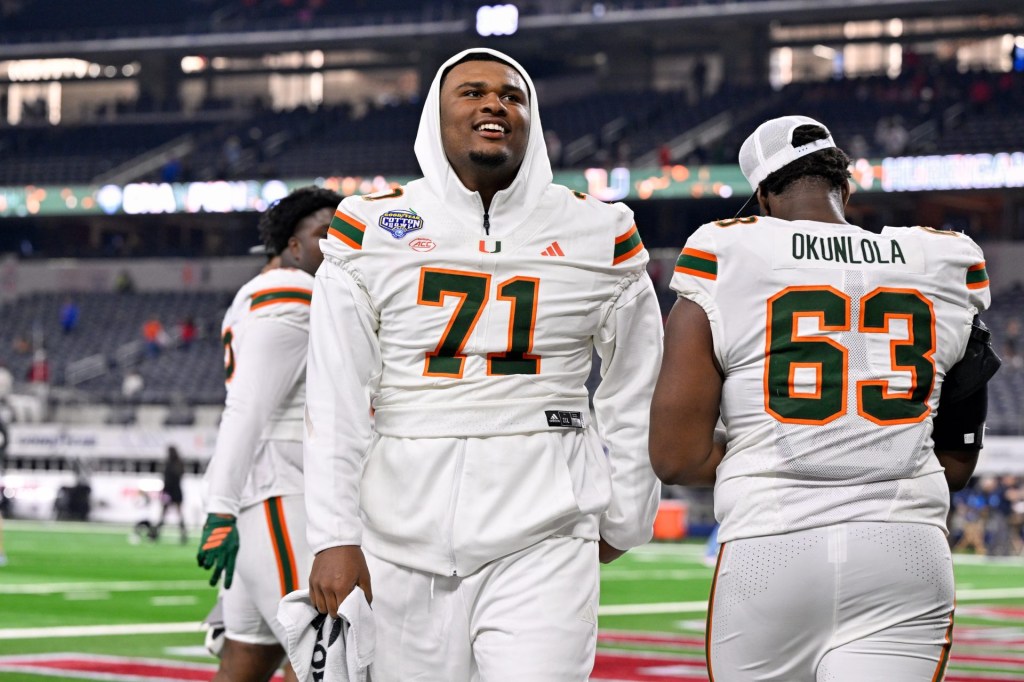The most tangible manifestation of the alliance appears to be a scheduling partnership.
Here’s what we know so far: The schools plan to add more inter-conference games in football and men’s and women’s basketball. They’re going to explore similar opportunities for Olympic sports, too.
But the conferences didn’t announce specific game matchups, or when they might be played.
Complications
The conferences can’t just wave a magic wand and make inter-conference games appear out of thin air.
There are already game contracts between schools from these conferences and others, some of which extend far into the future. Warren said the conferences plan to honor their existing game contracts.
The Pac-12 and Big Ten also have commitments to play nine conference games this season. When asked whether the conferences would move down to eight, Pac-12 Commissioner George Kliavkoff said there may be an argument for it, but the current conference media deal requires them to deliver nine.
Maximizing Media Rights?
The Big Ten and Pac-12 have media rights deals expiring in 2023 and 2024, respectively. And both conferences are most certainly looking for ways to compete with the gargantuan $3 billion SEC media rights deal with ESPN.
Perhaps creating schedules that would put more name-brand teams together from different conferences might increase the value of each conference’s media rights. The Pac-12, for example, might be able to get its teams in front of Southern, Midwest, or East Coast audiences it normally misses due to West Coast start times.
And while the ACC won’t be renegotiating its deal anytime soon, it may still get the benefit of increased ticket revenue and marketing power that comes with playing a major football brand like USC or Ohio State.
Kliavkoff, however, claimed that finances weren’t the main focus of this decision, but that there “may be residual benefits.”

















